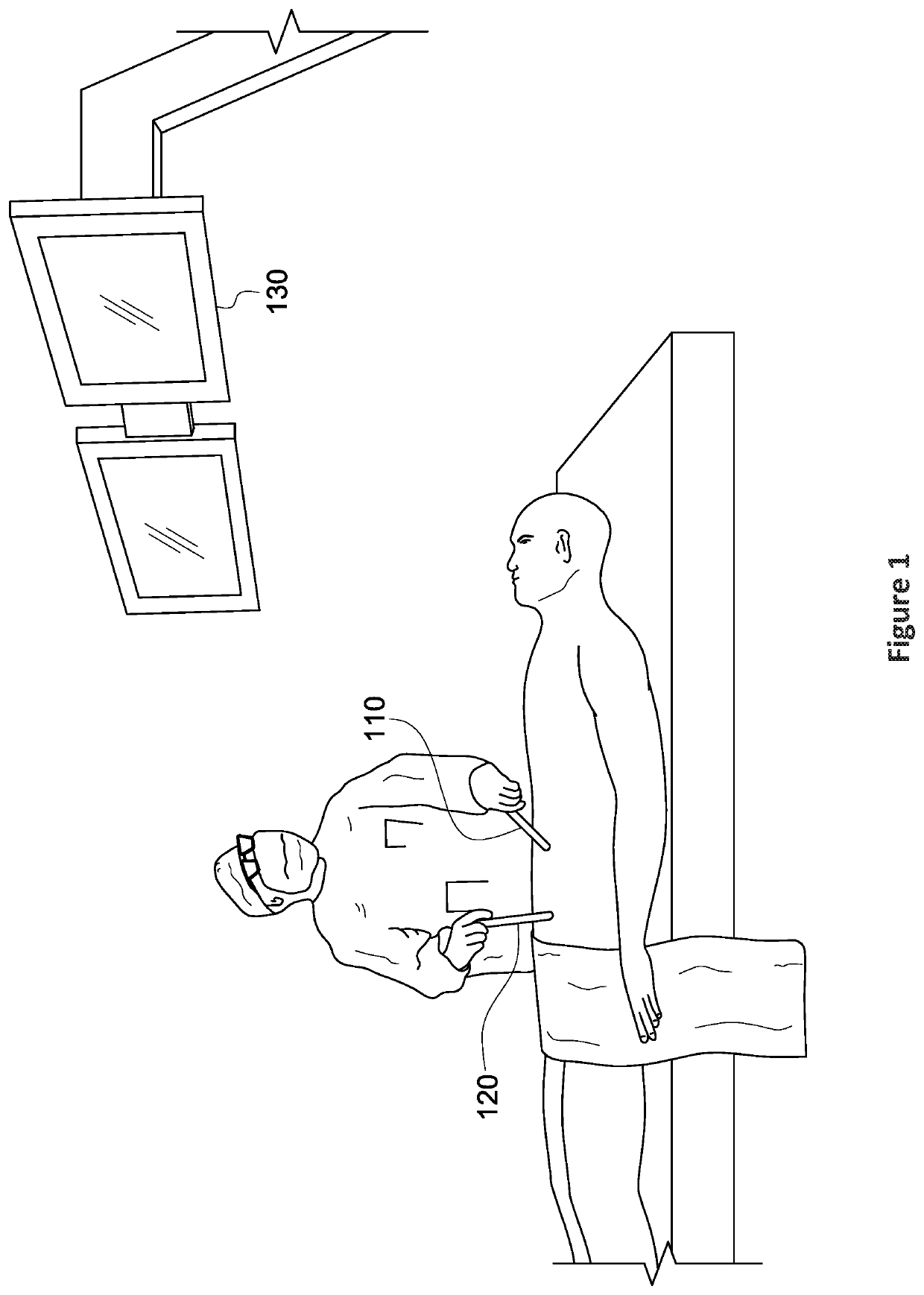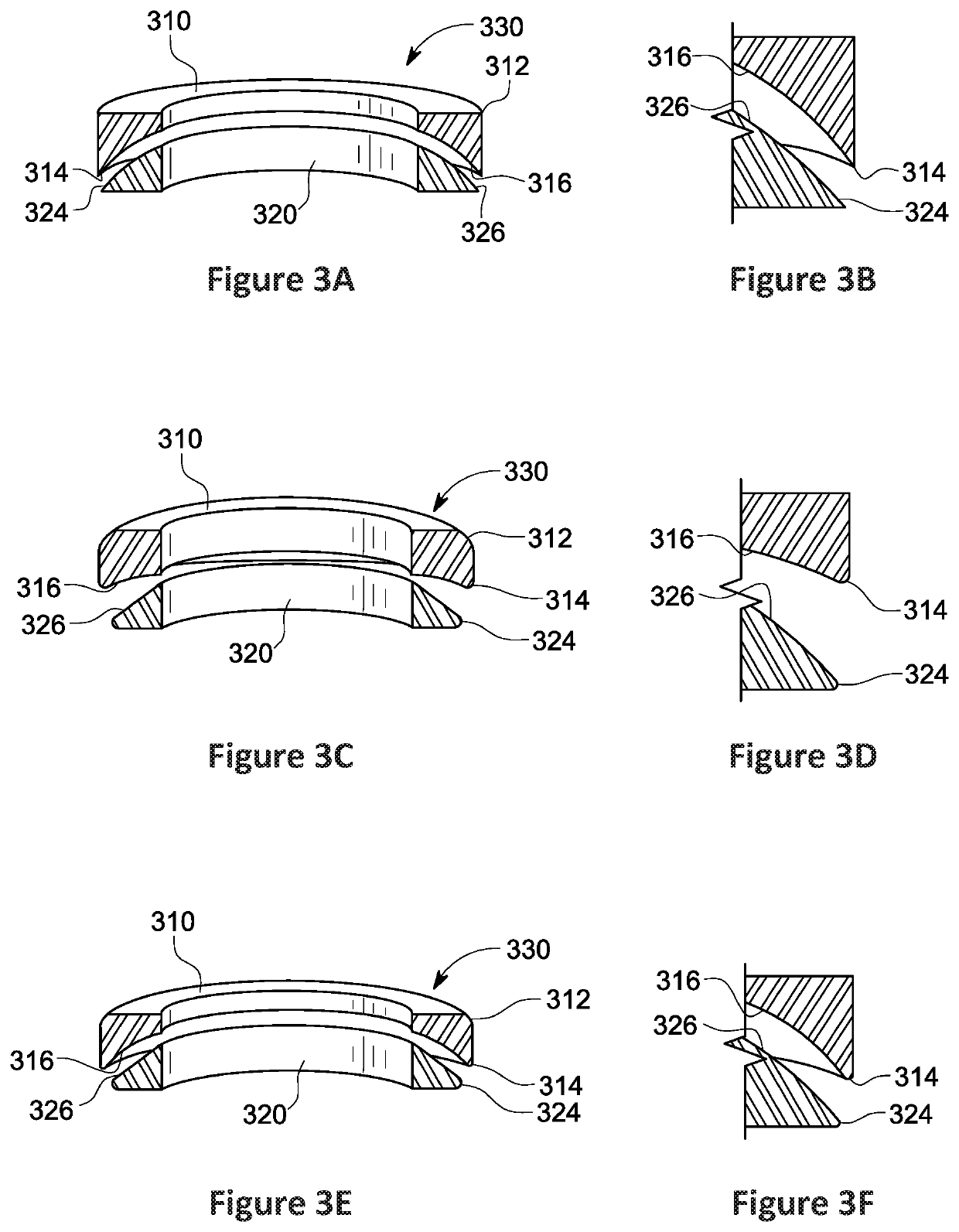Magnetic devices, systems, and methods
a technology of magnetic devices and anastomoses, applied in the field of magnetic devices, systems and methods for forming anastomoses, can solve the problems of unsatisfactory use of large numbers of patients, prior approaches that are less than ideal in at least some instances, and may not be well suited for large-scale use of patients, etc., to achieve safe formation of anastomoses, increase the amount of force, and increase the effect of for
- Summary
- Abstract
- Description
- Claims
- Application Information
AI Technical Summary
Benefits of technology
Problems solved by technology
Method used
Image
Examples
implementation 6
[0160] The system of implementation 1, wherein the system is configured to form the anastomosis when installed in any individual from a plurality of different individuals.
[0161]Implementation 7: The system of implementation 1, wherein the small intestine location includes a duodenum of the patient.
[0162]Implementation 8: The system of implementation 1, wherein the first and second magnetic members are configured to attract one another with a force of no more than about 50 N when engaged with one another with the first and second luminal tissue regions interposed between them.
[0163]Implementation 9: The system of implementation 1, wherein the first and second magnetic members are configured to attract one another with a force within a range from about 10 N to about 50 N when engaged with one another with the first and second luminal tissue regions interposed between them.
[0164]Implementation 10: The system of implementation 1, wherein the first and second magnetic members are configu...
implementation 31
[0185] The instrument of implementation 23, further including a handle located on the proximal portion of the elongate member, wherein the handle is configured to be grasped by a user.
[0186]Implementation 32: The instrument of implementation 31, wherein the handle includes a shaft.
[0187]Implementation 33: The instrument of implementation 31, wherein the handle together with the elongate member has a length of no more than about 100 cm.
[0188]Implementation 34: The instrument of implementation 23, wherein the magnetic material includes a magnet.
[0189]Implementation 35: The instrument of implementation 34, wherein the magnetic material and the first magnetic member are configured to engage each other with an attractive magnetic force.
[0190]Implementation 36: The instrument of implementation 23, wherein the distal end of the instrument has a shape that is complementary to a shape of the first magnetic member.
[0191]Implementation 37: The instrument of implementation 23, wherein the instr...
implementation 58
[0212] The method of implementation 57, wherein the first magnetic member and the second magnetic member are separated by at least a tissue wall of a gastrointestinal tract of a patient.
PUM
 Login to View More
Login to View More Abstract
Description
Claims
Application Information
 Login to View More
Login to View More - R&D
- Intellectual Property
- Life Sciences
- Materials
- Tech Scout
- Unparalleled Data Quality
- Higher Quality Content
- 60% Fewer Hallucinations
Browse by: Latest US Patents, China's latest patents, Technical Efficacy Thesaurus, Application Domain, Technology Topic, Popular Technical Reports.
© 2025 PatSnap. All rights reserved.Legal|Privacy policy|Modern Slavery Act Transparency Statement|Sitemap|About US| Contact US: help@patsnap.com



